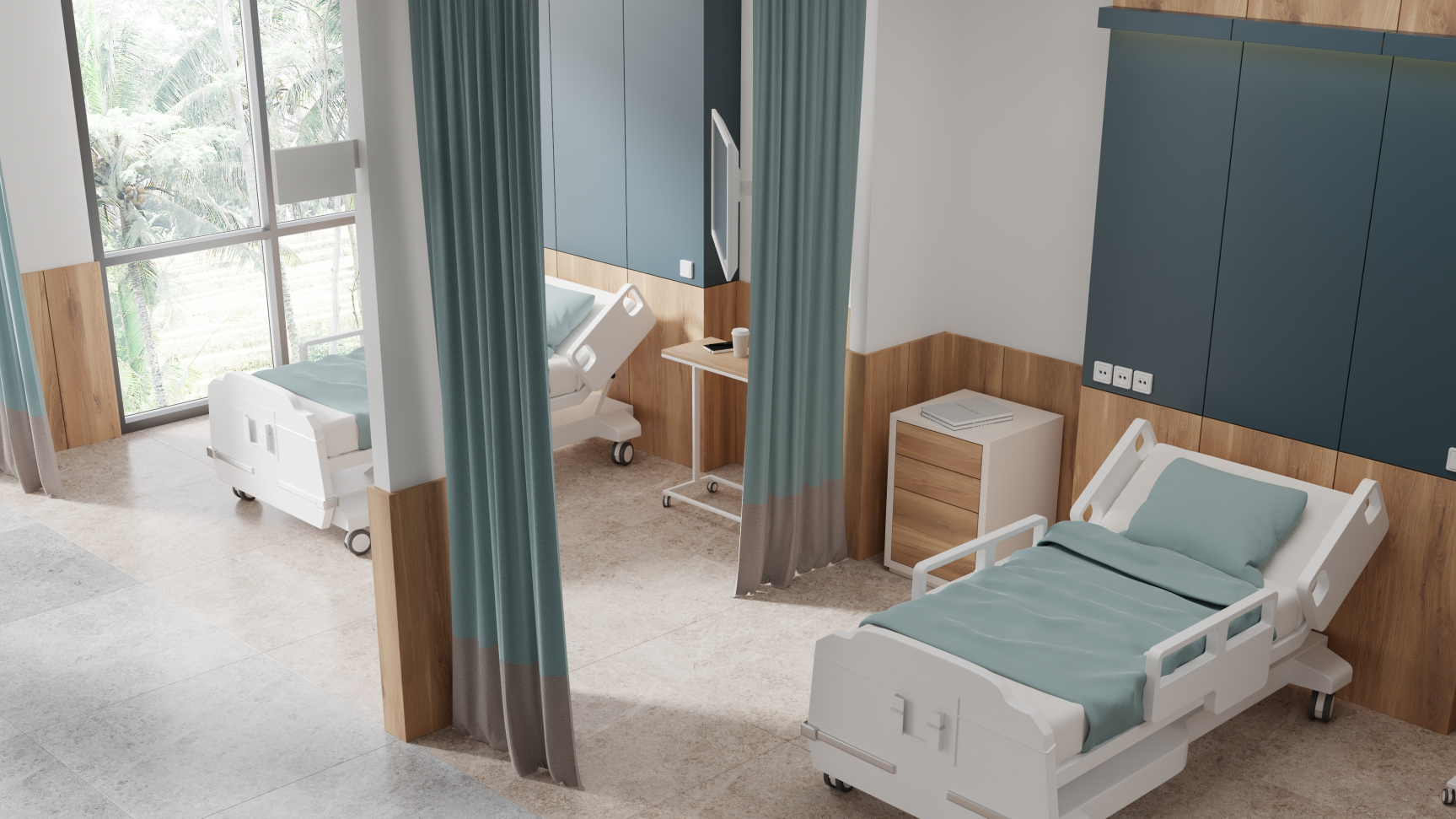Vibrating curtains with noise-cancelling effects may be the future of your hi-fi room or home theater
The 'sound-suppressing silk' is barely the width of a human hair

I once lived with a bass player who covered an entire wall in our London home with egg boxes as "a kindness to the neighbors". When that didn't work out (the relationship, not the egg boxes) I lived with a singer whose regular home recording setup involved a large cupboard filled with thick blankets. The aim, of course, is to nix nasty refractions bouncing off walls, which can add echo and distortion to the fine music your making or listening to – as anyone who's built a serious home theater or listening room will know.
This isn't as simple as sticking a rug on the wall and a nice cushion-heavy couch in the middle of the room to make those towed-in speakers sound better – but there could be a new option.
Thanks to "an interdisciplinary collaboration of researchers from the Massachusetts Institute of Technology (MIT) and elsewhere", a new hair-thin fabric has been developed that houses an "efficient mechanism to reduce noise transmission in a large room".
The researchers' findings were published in an 'Advanced Materials' paper on April 1 (no, we don't think that date is significant) on the US academic and instructional materials publishing site, Wiley.
The silky fabric the researchers developed is both very thin and contains a special fiber that vibrates when a voltage is applied to it. The teams then used these in-fabric vibrations to nix noise in two distinct ways.
The first is the method Bose developed in the 1970s to help pilots land aircraft – and it's the solution used in all of the best noise-cancelling headphones on the market now. It involves the generation of an 'anti-phase' wave, passed through the vibrating fabric itself, to oppose the frequencies of the unwanted noise in the room and thus cancel it out. It typically works well for headphones, because the ANC wave is piped into a small, closed-back enclosure around (or in) your ears. But it didn't work so well here in an open room.
The second technique apparently involved simply holding the fabric still, to let the fabric do its work and suppress the vibrations necessary to transmit sound. And surprisingly, due to the nature of the fabric, vast amounts of sound were unable to transmit through it, so it significantly quietened the volume beyond it. So, you might put a free-hanging curtain of this fabric around your drum kit to create a sonic divider, thus allowing your partner to watch a movie in the same room.
Sign up for breaking news, reviews, opinion, top tech deals, and more.
Draw a veil over it and move on
The key thing to note here is that although any heavy fabric (or stone wall) will dampen noise to a degree, this very delicate, lightweight, easy-to-work-with fabric can cancel noise a lot (lot) better.
As noted by NotebookCheck, the results of the research are particularly impressive when the new fabric is hanging freely. The study measured a cancellation of 20dB in some cases. To clarify that number, a sound 100 times more powerful than near total silence is around 20dB, a sound 1,000 times more powerful than near total silence is 30dB (thank you, Pulsar Instruments Plc) and the best noise cancelling earbuds claim a noise cancellation figure of around 30dB. Remember also, this new fabric is just 50 micrometers thick, or a smidge over the width of a human hair…
Another way to think of this – and how good this silky sonic sound buffer is – is that a reduction of 10dB essentially halves the perceived volume, aka a curtain that can reduce sounds by up to a quarter of their original volume. And all with nothing covering your ears!
Obviously the use-case scenarios for such a fabric are huge – think hospital wards, nightclubs, hotels, lining a room you want to have loud speakers in, and helping out in our own noisy apartment blocks. So, if your neighbors are still partying long into the night, the future might be as simple as drawing a silky curtain between you and the creator of noise pollution, rather than banging on their door in your pyjamas (or resolving to make a purchase from our best sleep earplugs guide).
Want a solution to help you catch eight hours right now? Might I suggest the QuietOn range I tried a while ago? Worked for me…
You may also like
- See our roundup of the best over-ear headphones 2024
- Prefer something truly portable? These are the best earbuds we've tested
- Small ears? We've curated a list of the best earbuds for small ears

Becky became Audio Editor at TechRadar in 2024, but joined the team in 2022 as Senior Staff Writer, focusing on all things hi-fi. Before this, she spent three years at What Hi-Fi? testing and reviewing everything from wallet-friendly wireless earbuds to huge high-end sound systems. Prior to gaining her MA in Journalism in 2018, Becky freelanced as an arts critic alongside a 22-year career as a professional dancer and aerialist – any love of dance starts with a love of music. Becky has previously contributed to Stuff, FourFourTwo and The Stage. When not writing, she can still be found throwing shapes in a dance studio, these days with varying degrees of success.